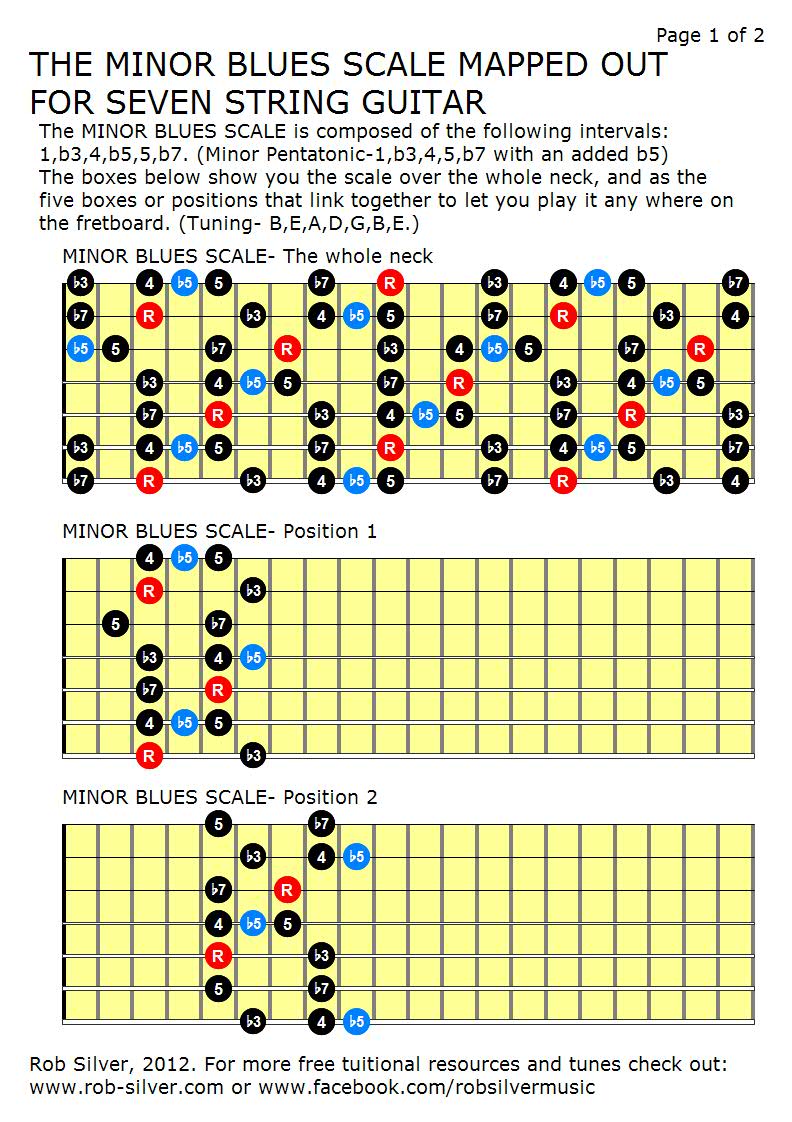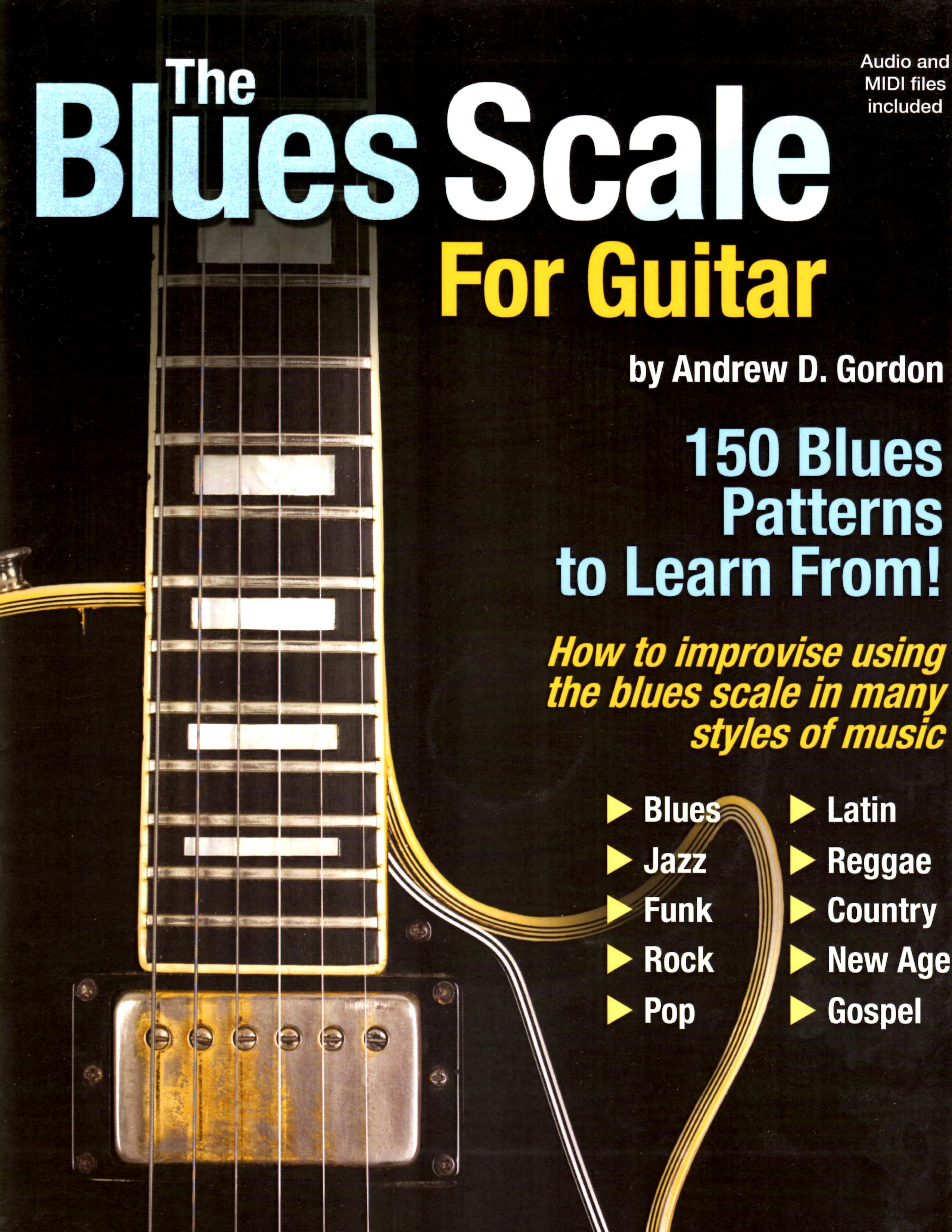

You can use it to play single notes or bend them to create long sustains sounds. The great thing about improvising with the blues scale is that there are endless possibilities.For example, if you’re playing a 12 bar blues in C, you would use a C Blues Scale over all of the chords. Just find the root note of the chord being played in each bar, and start your solo on that note. ou can use the blues scale to solo over any 12 bar blues progression.Once you’ve memorized the pattern of notes for a few different keys, try improvising with them.So, if you’re in the key of C, you would start on C and play C-Eb-F-Gb-G-Bb. To play a blues scale in any key, you just have to start on the root note of the key you’re in and play those six notes in order.The blues scale is made up of 6 notes: the root note, flat 3rd, 4th, flat 5th, 5th and flat 7th.The blues scale is a great way to add some bluesy feel to your guitar playing, no matter what style you’re into – and here are some general tips:

When you think of the blues, you might think of sad, slow music. In this article, we’ll talk about the technique for how to play the blues scale on guitar, as well as some more advanced theory on how to apply it to real music. It’s important to go beyond that and play real blues melodies as well, so you can start to better understand the style. If you’re a beginner with reasonable dexterity and you’re serious about learning, you’ll find the blues scale to be extremely useful.įor intermediate guitarists, this scale is essential, but it’s also important to understand that scales are merely the alphabet of the blues language. Learning the blues scale on guitar is something of a rite of passage for every guitarist.


 0 kommentar(er)
0 kommentar(er)
